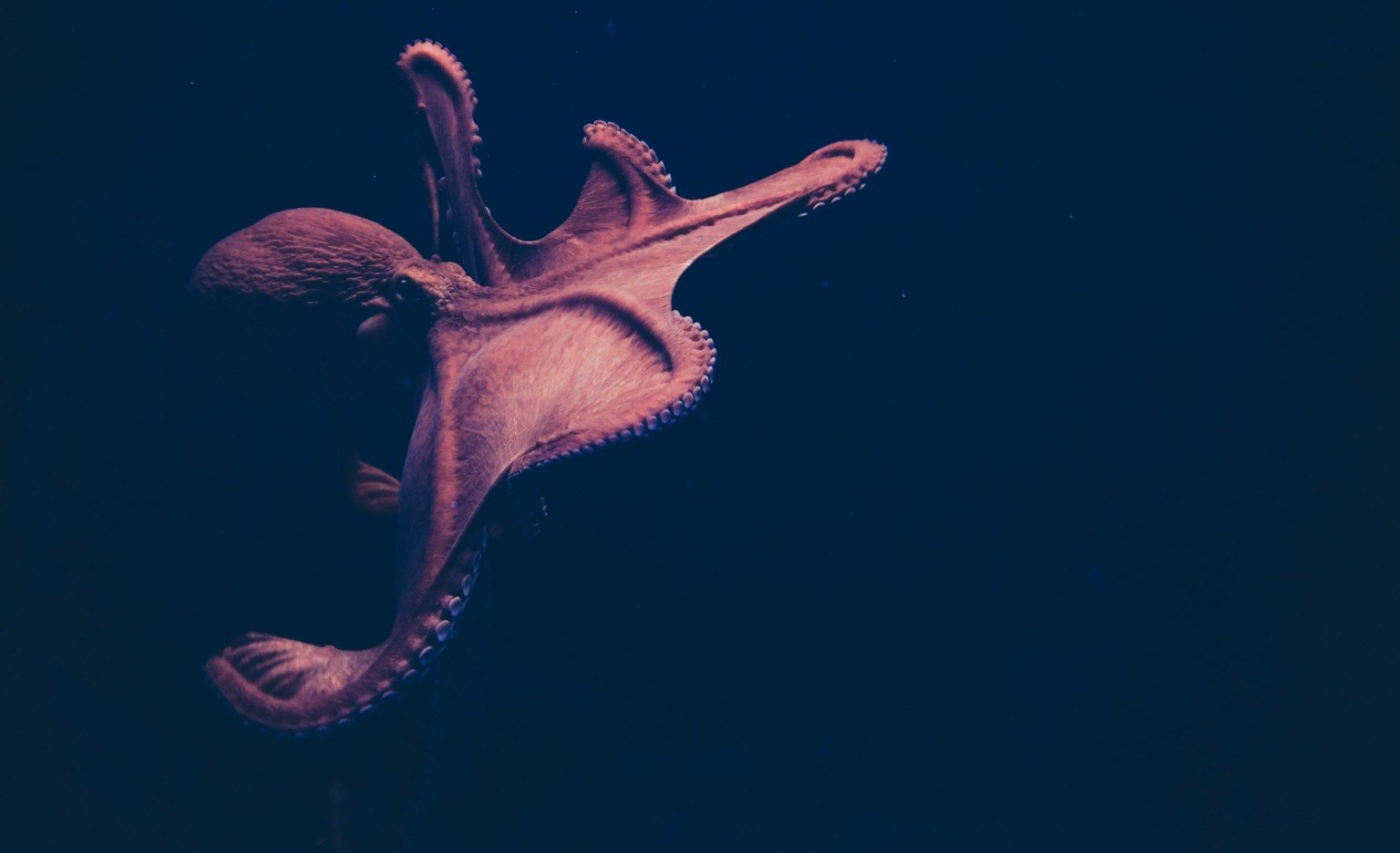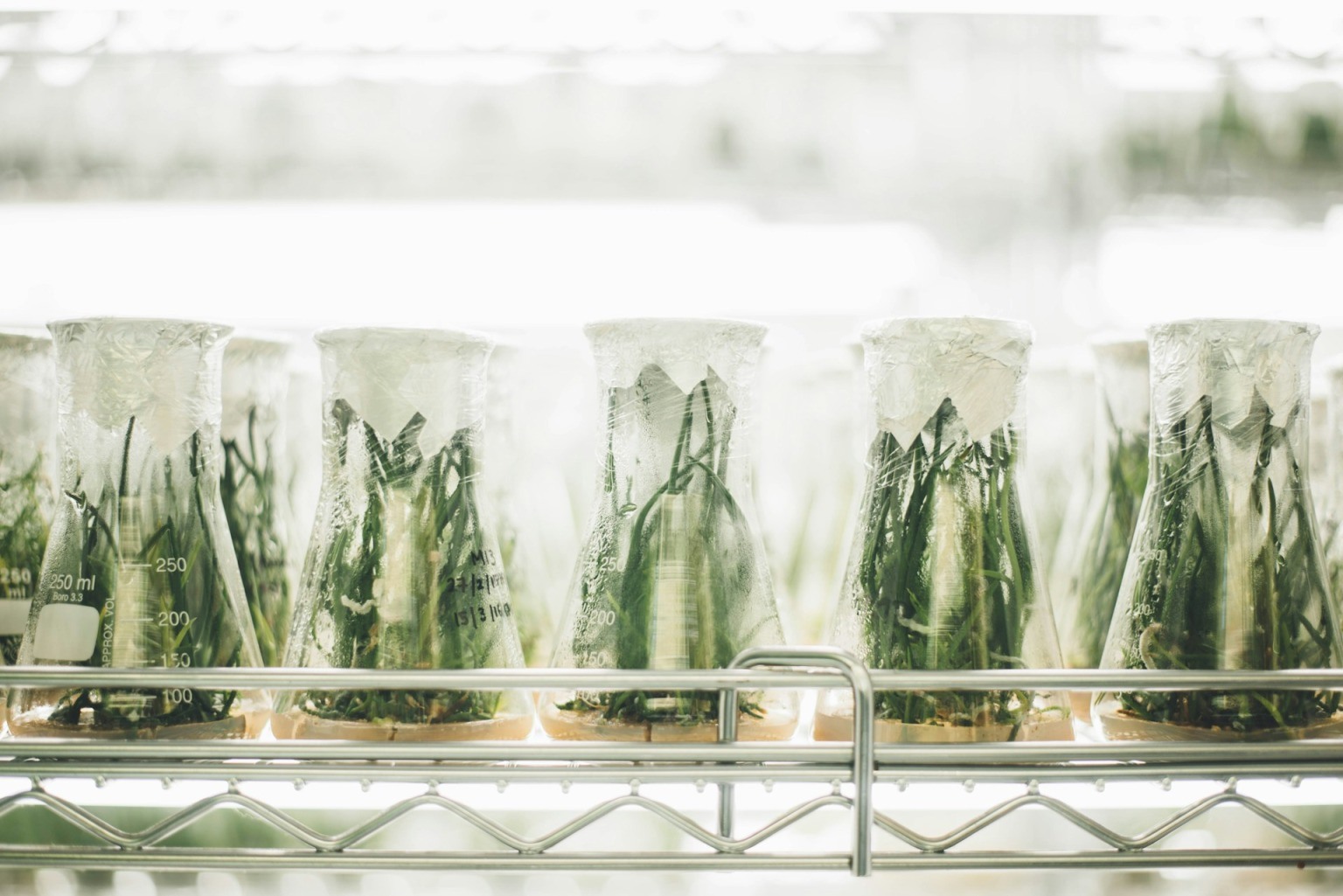
Erifili Ichtiaroglou: From Engineering foundations to Machine Learning frontiers
Danai Korre

A team of engineers from Yale University is overturning any precedent! For years, scientists from various fields have used biomimetics, i.e., the imitation of various organisms, to design machines. A classic example is the bird-like planes. When it comes to robots, octopus tentacles that move in any direction but at the same time form stiff, joint-like structures were the inspiration. The tensile jamming method was the key to this technology. This means that using vacuum and small fibers, the team designed a robot that is dexterous enough to spin a Rubik's Cube but also strong enough to grasp and twist the lid of a jar. Team leader, Professor Rebecca Kramer-Bottiglio, said that the breakthrough in their designs, as compared to other robotic technologies, is that the motors that convert energy into motion are made using fibers that can "stiffen" very quickly - specifically in a tenth of a second.
When attached to an inflatable body, the engaging fibers locally reduce surface stress, giving access to thousands of programmable deformations. The proposed technology is scalable, allowing for adaptable behaviors in emerging robotic materials that interact with a huge variety of environments.
Access to new materials and intelligent observation have provided the answer to a problem that robotics has had to date. We are on the lookout for the next step, which, for Kramer-Bottiglio, is the creation of sheets that change shape and dynamically control the curvatures of the robot surface using this system.

Danai Korre

Tonia Sikotakopoulou

Kelly Kousi

Anastasia Papangelou